Top 4 Things to Know Before Buying Easy-to-Grow Indoor Plants
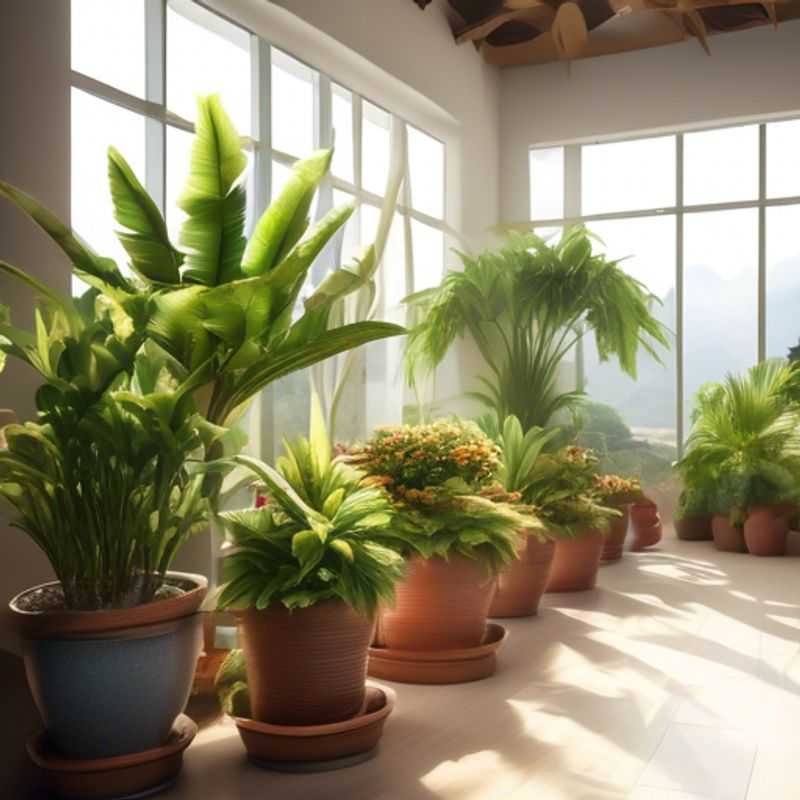
Lighting:
Bringing a touch of nature indoors can be incredibly rewarding.
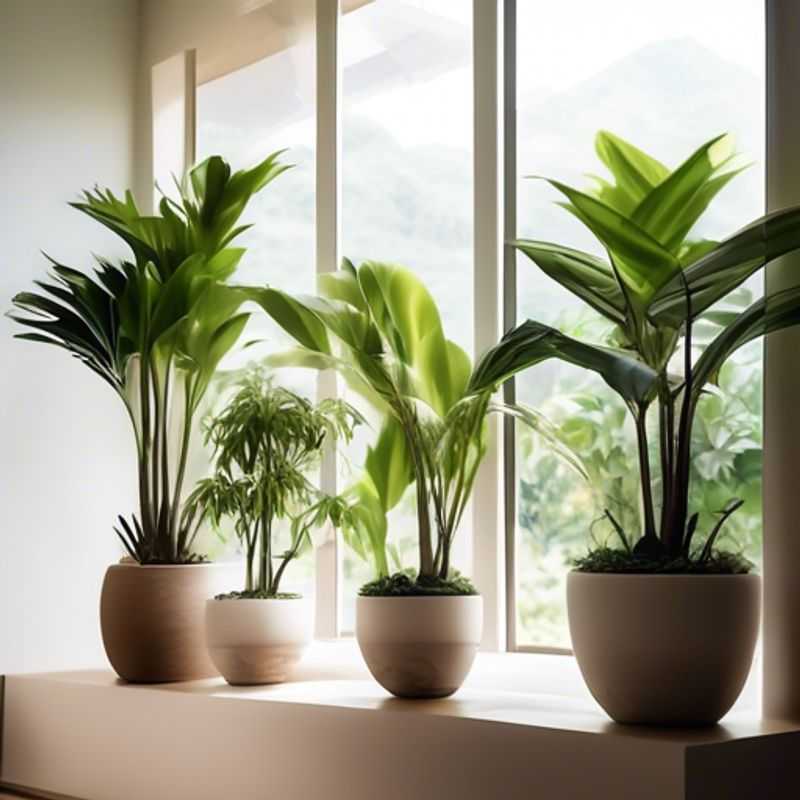
Shine a Light on Success: Understanding Indoor Plant Lighting Needs
Indoor plants need adequate lighting to thrive. Understanding their specific light requirements is crucial for their health and growth.
Light intensity is measured in foot-candles or lux. Most houseplants need moderate light levels (500-1000 lux) which is equivalent to the light found a few feet away from a window.
Direct sunlight can be too intense for many plants, causing leaf scorch. Indirect sunlight, which is filtered through a window or shade, is usually ideal.
Low-light plants can tolerate shady conditions, like the corner of a room. High-light plants need bright, indirect light and might even benefit from a few hours of direct sunlight each day.
You can use a light meter to measure light intensity or simply observe your plants. If leaves are pale, yellowing, or drooping, it might be a sign of insufficient light.
Artificial light, such as grow lamps, can be a good alternative for plants that don't receive enough natural light.
Remember, every plant is different! Do your research to determine the specific light requirements of your indoor plants.
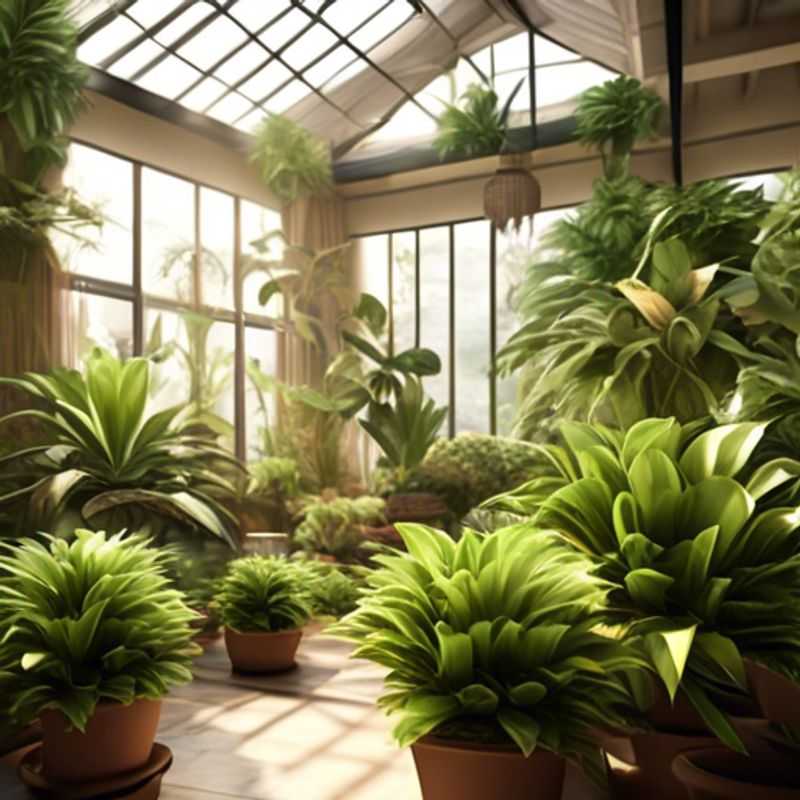
Know Your Plants: Watering Needs and How to Adjust
Watering your plants properly is crucial for their health and growth. Different plants have different needs, so it's essential to research the specific requirements of your plants. A simple internet search can provide you with valuable information.
Once you know the watering needs of your plants, adjust your watering schedule accordingly. Factors like pot size, soil type, and environmental conditions can impact how often you need to water. For example, plants in smaller pots will need more frequent watering than those in larger pots.
Observe your plants closely to determine if they need more or less water. Signs of underwatering include wilting leaves, drooping stems, and dry soil. Overwatering can lead to root rot, which manifests as yellowing leaves and a musty smell from the soil.
You can use your finger to check the soil moisture. If the top inch of soil feels dry, it's time to water. Additionally, you can use a moisture meter to get a more accurate reading. Remember, consistency is key to maintaining a healthy watering routine.
By researching and understanding the watering needs of your plants and adjusting your watering schedule accordingly, you can ensure their health and happiness, leading to thriving and beautiful plants. Always err on the side of caution and avoid overwatering.
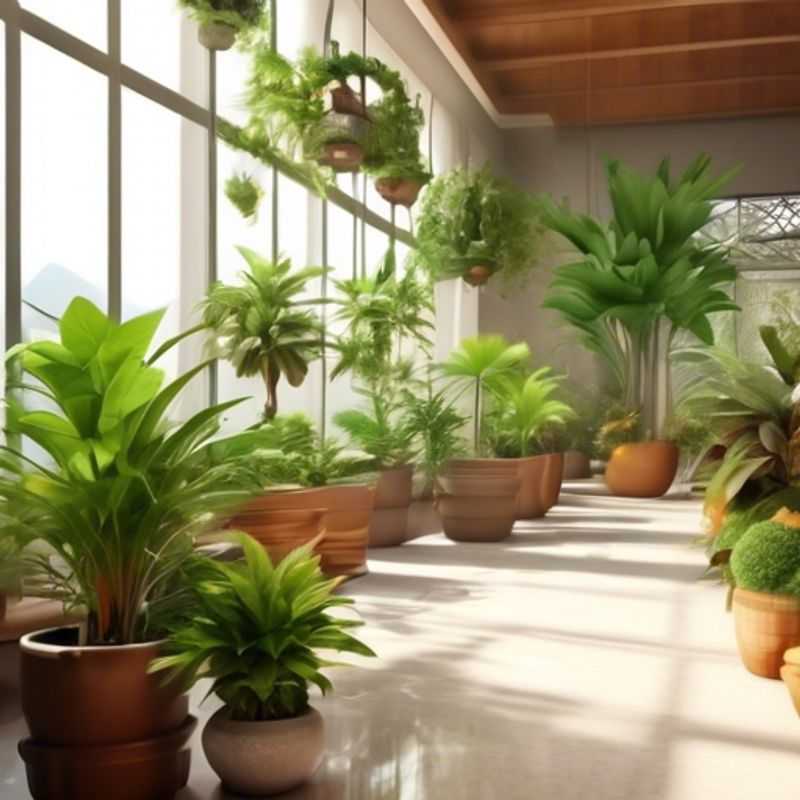
Choosing the Right Plant Size for Your Home
When bringing a new plant home, it’s crucial to consider its size and your available space. This ensures a harmonious environment for both you and your plant. Measure the space where you plan to place the plant, factoring in the pot's size and the plant's potential growth. Consider the plant's mature height and width to avoid it outgrowing its designated area.
For example, a large, mature ficus tree needs ample space, while a compact succulent can thrive in a small pot. This planning ensures your plant thrives and doesn't become a space constraint. While you may be excited to acquire a majestic tree, consider if it's a suitable size for your home and if you have enough space for its growth in the coming years.
Remember, the size of the plant and the available space are critical factors for the plant’s health and your enjoyment. It's a simple yet important step in ensuring a happy plant and a beautiful home. Choosing the right plant for your space is key to a successful plant ownership journey.
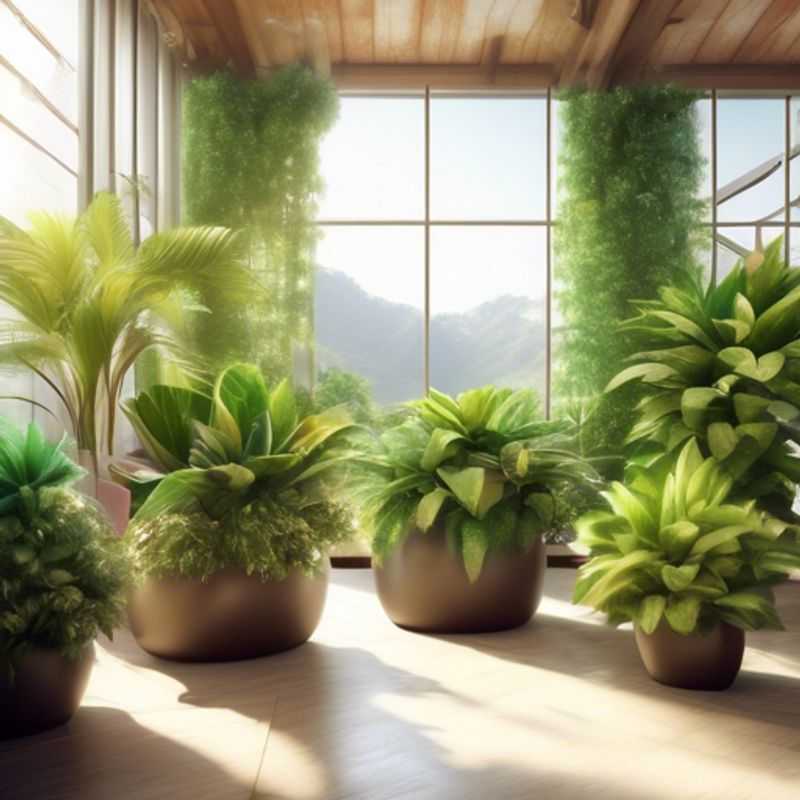
Green Thumbs Up: Choosing Plants That Thrive in Your Home
Before you bring a new plant home, take a moment to consider your home's climate and environment. Different plants have different needs, and some might struggle to thrive in your space. Here's a quick checklist to ensure a happy plant and a happy you:
Light: Does your home have plenty of natural light? Some plants need a lot of direct sunlight, while others prefer shade. Identify the light levels in your space and choose a plant that aligns with those conditions.
Temperature: Think about the temperature fluctuations in your home. Some plants are sensitive to cold or drafts, while others prefer warmth. Choose a plant that can tolerate the temperature range in your space.
Humidity: Humidity levels can vary widely depending on your location and climate. Certain plants thrive in humid environments, while others need drier conditions. Consider your home's humidity level when selecting a plant.
Watering: Some plants require frequent watering, while others prefer to dry out between waterings. Research the watering needs of your chosen plant to avoid overwatering or underwatering. Proper watering is crucial for plant health.
Soil: The type of soil is important for plant growth. Some plants prefer acidic soil, while others need alkaline soil. Choose a potting mix that is suitable for your chosen plant.
Pests and diseases: Plants can be susceptible to pests and diseases. Research the common problems associated with your chosen plant and be prepared to take action if necessary. Regular inspection is essential to prevent issues from escalating.
By considering these factors, you can choose plants that will thrive in your home, creating a beautiful and healthy environment for both you and your green companions. Remember, a little research goes a long way!
